Through the Eye of the Student, Part 2
As a quick recap of last week’s post, we looked at the first five important characteristics identified in the Memorial University of Newfoundland study of what’s important in an educator from the student’s perspective. These characteristics included respectful, knowledgeable, approachable, engaging, and communicative.
Now let’s look at the final four characteristics and see if any of these jump out at us.
6. Organized
If we walk into a class at the last minute, fumbling through our papers as we try to get our computer and projector ready to go, while trying to remain calm and look nonchalant about everything, we certainly don’t look ready to teach.
In the study, students used words like: efficient, focused, and prepared when they described “organized.” Their expectation is that we will present organized lectures that employ visual aids; we’ll stay on topic; and we’ll provide sufficient and appropriate feedback.
I’m all about using lots of visual aids as long as they clearly benefit learning. An excellent, and simple, example of this was offered up by ASHI/MEDIC Instructor Kathy Morrow when she commented after my “CPR Training: Blah, Blah, Blah…” post last month, “When we practice glove removal I use shaving cream to simulate blood or other contaminates. They can see how easy it is to spread and how important it is to carefully remove gloves.”
7. Responsive
Study results indicate that students want their educators to be: available, helpful, perceptive, and accommodating. Behaviors that best demonstrate this include: timely, thorough, constructive feedback; aware of students' needs; pays attention and responds to students' body language; and understands that students learn differently.
Every class has the potential to challenge us with individual differences that we must accommodate. Students may come to class with different levels of skill; physical and/or intellectual challenges; cultural differences; responsible behavior issues; or possibly an overall lack of motivation to be in the class in the first place – “my employer is requiring me to take this class.” Being prepared for these challenges allows us to be more responsive to our students when these challenges present themselves.
8. Professional
Study participants indicated they want educators who are: dedicated, punctual, dependable, and confident. Expectations are that we exhibit professionalism by dressing appropriately; being trustworthy and honest; having well-planned lectures; and having the confidence to help students develop their knowledge and skills.
Professionalism also requires dedication to maintaining a professional image; modeling behavior for students; and maintaining and exhibiting exceptional skills that students can emulate during and after the course.
9. Humorous
According to the study, students want their educators to be: friendly, available, have a positive outlook on teaching, kind, and happy. Some of the behaviors that demonstrate this include: helping students feel more relaxed; creating a positive learning environment; and keeping students attention using humor, which may just prevent them from nodding off in class after a long day.
Remember what I suggested in the February E-News article, Making a Difference: Have a good time when you’re teaching. People are naturally drawn to humor and, by being self-deprecating and not taking yourself too seriously, you’ll likely find that this breaks the ice and students learn in a more relaxed atmosphere.
In most instances, we probably exhibit these characteristics without ever thinking about them. However, I know I’ve walked away from a class thinking, “That was probably not the most enthusiastic presentation I’ve ever done,” so it never hurts to do a little self-reflection every now and then.
Be on the lookout for my next post where we’ll discuss working with negative students.
See you then.
Jeff Myers, Vice President – HSI







.png?width=600&name=HSI-CTA-EmergencyCareTraining%20(1).png)











Comments